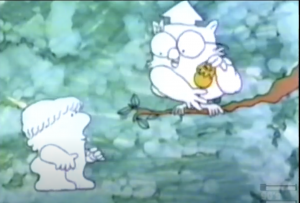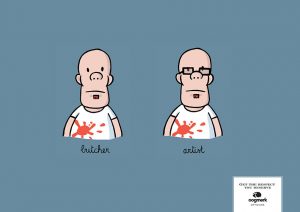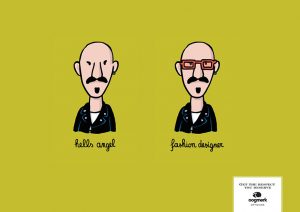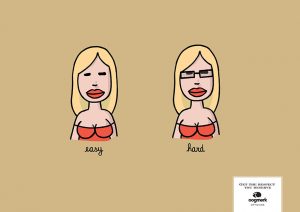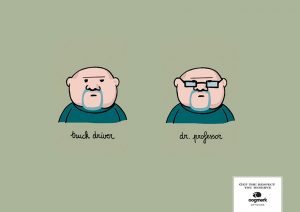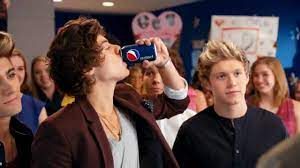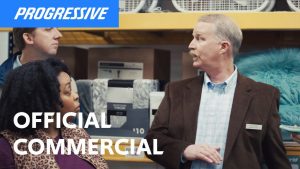I sat for a moment thinking about my favorite ad of all time and one video, in particular, stood out to me. Made by filmmaker and Youtuber Casey Neistat, this video is currently sitting at 31 million views, and was put out in 2012. This video ad stands out to me for a few reasons and is quite different from most traditional ads. For one thing, if you don’t pay attention to the first 8 seconds of the video, you may very well miss who the advertiser is and what the product is.
The premise of the video is simple. Nike paid Neistat to make a video for them advertising their Fuel Band (he had produced two prior ads for them for the same product), and instead of using it to show off the product, he uses the money to travel around the world until it runs out. It took 10 days, shown off across a little over 4 minutes. The video is full of cool sights and adventure with the occasional inspirational quote over the screen. The quickness and sporadic nature of his travels are part of what makes it such an attractive ad for me. It all ends with the #MakeItCount in white text on a black screen, which was Nike’s slogan for the product. Nowadays this kind of risk-taking and flexible attitude towards brand deal advertising is a bit more common, mostly on Youtube and various social platforms, but this was revolutionary at the time. The advertising isn’t forced down the viewer’s throat, but it definitely gets the idea across. I think it paints Nike in a cool light as it shows they want people to take risks and to, as the slogan says, make it count. Was this a successful ad? I’d say so, despite Neistat not even wearing the product (Nike Fuel Band) for the majority of the video. Aside from the millions that have watched it, many articles have been written on it as well. Some of the articles praised it while others criticized it, but as they say, all press is good press. It’s unique and meaningful, and that’s why it works.



